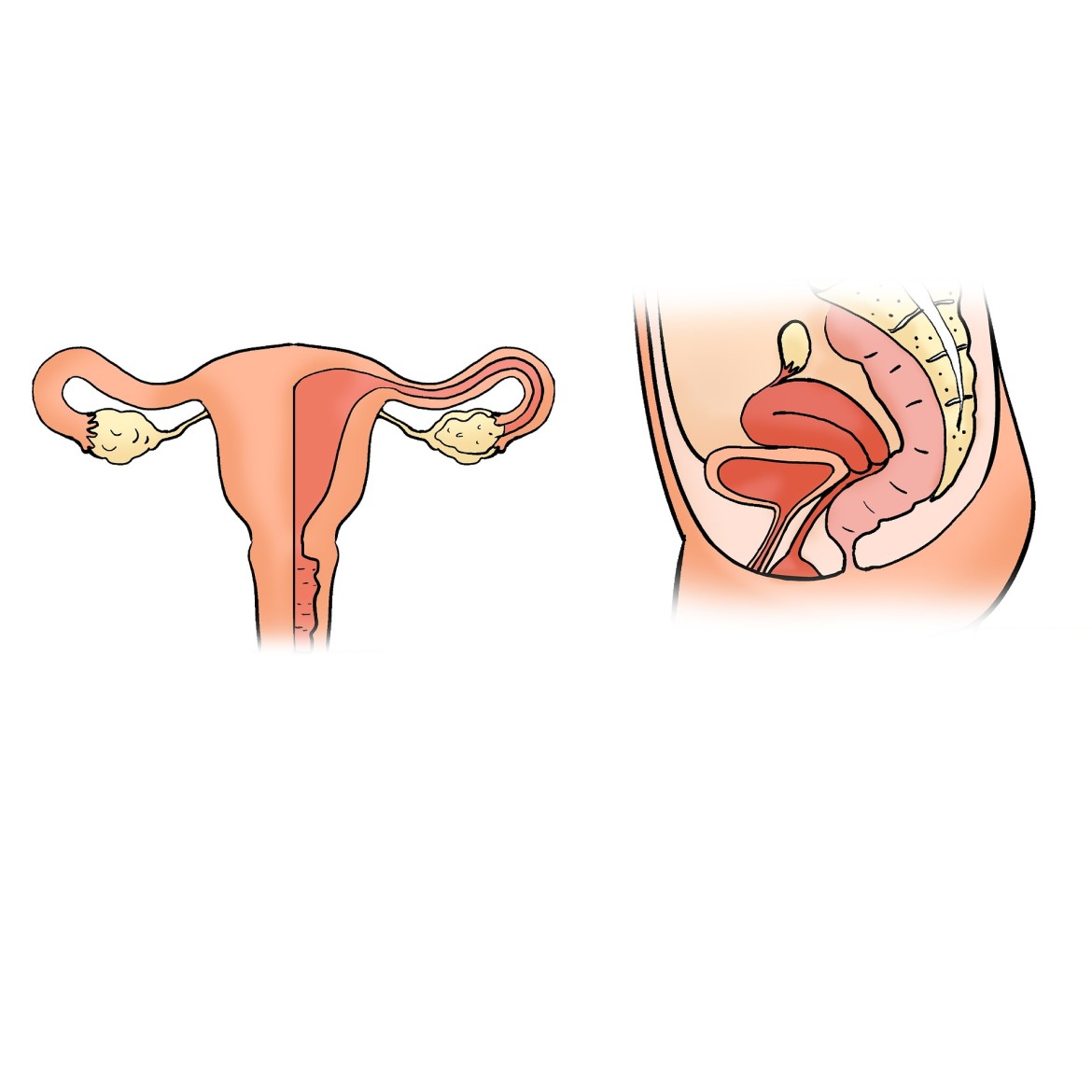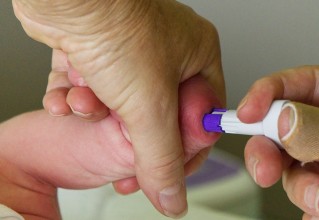Sphincter Law in Labour
19 Oct, 2019The Laws of the Three P’s
Most US women and obstetricians believe in the Laws of the three Ps. that is passenger (the baby), the passage (the pelvis and vagina) and the Powers (the strength of the uterine contractions). However, Ina May and the Farm midwives chose to focus on Sphincter Law in birth.
Many obstetricians believe that if a woman is in labour and doesnt give birth to a baby in the time given, its somehow her fault - either she grew a baby that was too big, or her vagina is too small or uterus is too weak. Ina May suggests that the Laws of the three P’s result in one of the ‘most meaningless diagnoses in obstetrics - cephalo pelvic disproportion (CPD).’ this means that baby is too big to fit through the maternal pelvis. She states that she and her partners - the farm midwives - have attended successful vaginal births for many women who were diagnosed with CPD.
While Ina May acknowledges that in some instances, there is too great a mismatch between the size of the baby and the woman’s pelvis, preventing a normal vaginal birth - this was more common years ago when women had rickets due to poor nutrition. Now the main problem is failure to respect Sphincter law, which doctors end up associating with one of the three P’s and entering into a cascade of medical interventions like synthetic oxytocin, episiotomy, c section, forceps, etc.
Ina may also says that if the Law of the Three Ps were true, there wouldn’t be such a big difference between rates of obstetric intervention at different hospitals, across the country, etc. e.g. the Farms rates of c section were always less than 2% while the rate in the United states was more than 24%, at the time of writing Ina May’s guide to childbirth. She says that the problem with the Law of the Three P’s is that it ignores the impact of emotions, the mothers psychology and spiritual aspects of birth.
What is Sphincter Law
Ina May came up with the concept of Sphincter Law to describe birth, but it applies to all sphincters like the bladder, the rectum, cervix and vagina.
Sphincters are muscles groups that are usually contracted and closed so that the organs they protect stay closed. They open up when something needs to pass through. Sphincters relax and expand to allow for whatever it is to pass through whether this is urine, stools, a baby, a placenta, or even vomit.
Michael Odent, a french doctor, explains how the brain is made up of the neocortex which is the newer rational part of the brain which developed later, and the primitive brain which is older and governs instinct. Ina May calls this our ‘monkey brain’. It’s important that when a woman is in labour, that we avoid stimulating her neocortex as this can inhibit the primitive brain which knows how to give birth to a baby through instinct, releasing sphincters to open, and releasing hormones to take away pain.
A study of the brain in 1998 was looking at brain imaging to examine the ways the primitive brain works to relax the sphincter muscles when peeing. But they had an issue because people who could pee in their own homes whilst being observed, couldn’t do this in a hospital setting. The same goes for women in labour. It’s a lot harder to have people watch you expel a baby out of your vagina in a hospital, than in your own home. Sphincters are affected by emotions and most people need privacy or a sense of familiarity to be able to let go and relax these muscles, to urinate, defecate, etc.
The Properties of Sphincters
In Ina May’s Guide to Childbirth, she explains the properties of Sphincters which I will try to summarise below.
Sphincters do not obey orders. Basically you can’t tell a woman to push once she is dilated and expect it to just happen. Pushing will happen spontaneously with or without someone yelling at her. Imagine being in the toilet with a stranger watching you and yelling at you to poo. I know I just wouldn’t be able to do it.
Sphincters function bets in an Atmosphere of Familiarity and privacy. This one is pretty self explanatory. Ina May tells it like it is. It’s easier to go to the toilet in a toilet you are familiar with, like your home, or a friends, than a public toilet. I often find that when I go away on holiday, it takes me a couple of days to adjust to being in an unfamiliar place. Similarly with childbirth, it’s easier to relax and give birth in your own home than in an unfamiliar sterile hospital room. If you are giving birth in a hospital, you can use this information to make it feel homey and add some familiar touches.
Sphincters May suddenly close when their owner is startled or frightened. Think about when you are in the toilet, mid-pee and someone walks in on you. It just stops flowing right? Same thing happens with your cervical sphincter. Ina May describes a story where a woman was giving birth and the baby was coming out face first. The young doctor who was assisting had never seen a baby come out in this position before and thought it was some kind of deformity. His horrified face made the mother scared and the baby shot back in so far it cracked a rib. Sphincters can close when mum is scared or startled by rough handling, negative energy or in an environment where she doesn't feel safe. It’s important to have people around you who you trust, and do anything that feels natural like walking around, eating, drinking and getting into any position that feels instinctive for you.
Laughter helps open the sphincters. Laughter makes endorphins which are an instant pain relief, that have no side effects. Not only does it reduce the pain of labour, but it helps women feel comfortable with other things happening to their body. When you’re laughing with a group of people, its harder to feel embarrassed about doing a poo as you push! Remember, as your cervical sphincter opens, so may your rectal sphincter - all these things are pushing in the same direction, and it’s completely normal.
Other ways to open up sphincters
Slow deep breathing
Making horse lips - blowing raspberries
Keeping your mouth open and loose - when you lips are loose, so are your ‘other lips’ ;)
Ask for a woman’s permission before you examin her vaginal, cervical or anal sphincters.
Our sphincters function better when we think of them with humour and laugh at ourselves - be positive in how you think and speak about yourself.
Research
https://www.ncbi.nlm.nih.gov/pmc/articles/PMC2667298/
In this article about teaching normal birth ‘normally’, they discuss the importance of privacy in birth, and comments from Michael Odent and Ina May around privacy in a home, and sphincter law. It also discusses how difficult it is to bring these choices and options such as home births to the forefront of lamaze classes and mainstream media.
https://www.ncbi.nlm.nih.gov/pmc/articles/PMC2776526/
This article describes the transition from psychoprophylactic preparations of women for childbirth to orgasmic birth. It states that as practitioners have learnt more from the midwifery model, birth is going back into the hands of women. “Educators' teaching must now emphasize the synchrony of hormones that facilitates birth, the Sphincter Law, and the sharing of woman-to-woman stories throughout the generations if birth is to be set in its rightful place—in the hands of the mothers.”
Get The Best Of Sleepy Roo Delivered To Your Inbox
Subscribe to my newsletter and get the latest info on baby sleep! You can unsubscribe at any time.



